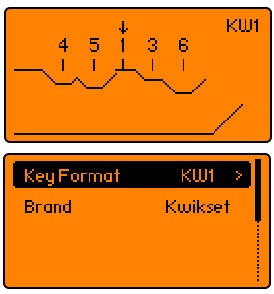Many of us could have been lucky enough to have some form of pedal go-kart in our formative years, and among such lucky children there can have been few who did not wish for their ride to have a little power. Zipping around the neighborhood remained a strenuous affair though, particularly for anyone whose hometown was on a hill. What a shame we didn’t have [Matto Godoy] as a dad then, because he has taken a child’s go-kart and turned it into the electrically-propelled ride of dreams.
Out come the pedals and in goes a wooden floor panel, and at the rear the axle is replaced by a set of hoverboard motors and associated batteries and controllers. The wheels are off-the-shelf wheelbarrow parts, and the 36 V lithium-polymer gives it plenty of go. It looks too small for us, but yes! We want one.
If you want one too, you could do worse than considering a Hacky Racer. And if more motor power is your thing, raid the auto recyclers!



















